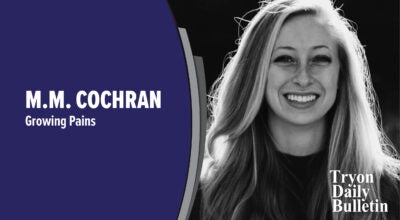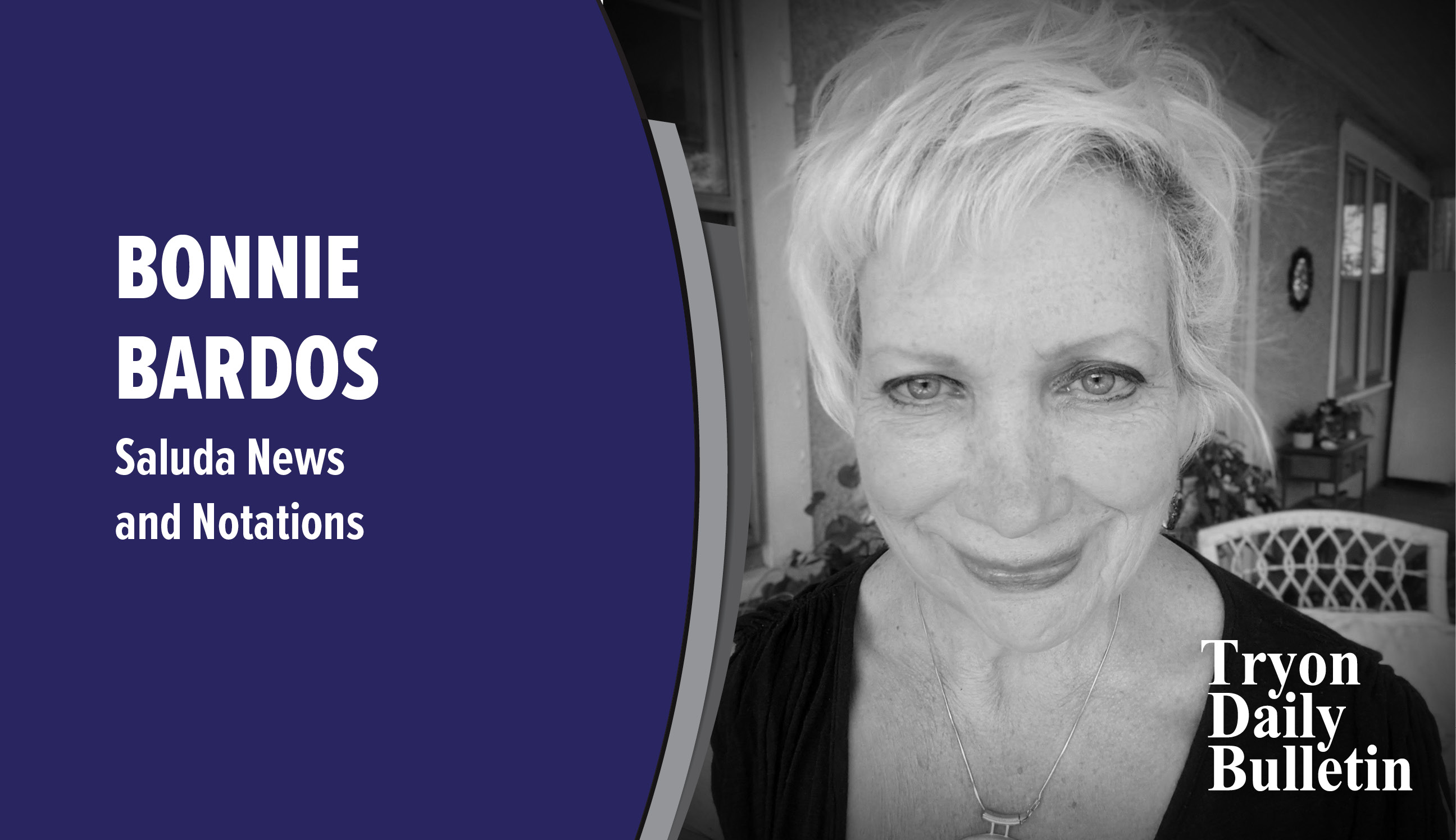Diet & Exercise: Flexing some knowledge about muscles
Published 8:00 am Friday, August 24, 2018
Having been a master personal trainer for almost 30 years, I’m often asked questions concerning muscles.
Today, let’s just have some fun, and explore a few muscle facts you might not know.
• Over 40 percent of your body weight is muscle.
• There are three different types of muscles in the body. Skeletal (those muscles that attach to bones), smooth (involuntary muscles of the stomach, intestines, urinary bladder, etc.) and cardiac (those muscles in the heart).
• You were born with all the muscle fibers you now have. When muscles strengthen, you don’t build new muscle cells, but rather the muscle cells you have grow and become stronger.
• Muscles are made up of special cells called fibers. These muscle fibers have the ability to contract, which means they can shorten or lengthen as needed. Almost all movement in the body occurs because of muscle contractibility.
• Skeletal muscle fibers are categorized into two groups: slow twitch and fast twitch. Slow twitch muscles (type 1), are not as powerful, but enable long endurance feats such as distance running, cycling or lighter weight lifting for higher repetitions.
Fast twitch muscles (type 2) fatigue faster, but are able to use powerful bursts like sprinting, vertical jump, long jump or power lifting.
• It’s been said the tongue is the strongest muscle in the body. While that’s not really true, the tongue is an amazing muscle. Just think, it maintains amazing stamina, while performing constant precision tasks like eating and speaking.
• The strongest muscle in the body? The “masseter’ or jaw bone, can close the teeth with a force as great as 55 pounds.
• The hardest working muscle is the heart, which on average, pumps 2,500 gallons of blood a day.
• The tiniest skeletal muscle, the “stapedius,” can be found in the ear. It stabilizes the “stapes,” a tiny bone in the inner ear that helps conduct sound vibrations.
• There are actually no muscles in the hand, only tendons, ligaments and bones. The fingers are only able to move when the forearm pulls on these connective tissues.
• “Ligaments” connect a bone to a bone. An example could be the anterior cruciate ligament ACL in each knee, that attaches the front of the tibia (shin bone) to the back of the femur (thigh bone).
• “Tendons” attach a muscle to a bone. An example is the Achilles tendon (the thickest tendon in the body) which attaches the calf muscle to the heel bone. Tendons are the connective tissues that become more flexible when you stretch your muscles (each of my clients hears this over and over again).
• Believe it or not, there are over 100 muscles in each of your feet, in addition to 26 bones and 33 joints. You use 200 muscles to take just one step.
• When surrounding air temperature is cold, your muscles contract involuntarily. As you feel cold, tiny sensors in your skin send messages to your brain telling you to warm up. Your brain then sends signals to your nerves telling your muscles to tighten and loosen very quickly. That causes you to shiver. This rapid muscle movement creates heat.
• In fact, most of the heat produced in your body comes from muscle contraction.
• Muscles actually never really push — they can only pull. When you push something like a door, both your arm and shoulder are actually pulling back on your elbow.
• Muscle tissue is special, because it has a great regenerative capacity.
• While you sleep, your body’s muscles relax to boost blood flow, ready to replenish. The cells that accomplish this are called “satellite” and “fibro/adipogenic progenitor” FAP cells. These cells combine to feed and repair muscles.
• By the way, it takes only 17 muscles to smile, but 43 to frown.
David Crocker, of Landrum, has been a master personal trainer and nutritionist for 30 years. Diet or exercise question? Email him at dwcrocker77@gmail.com or text him at 864-494-6215.





